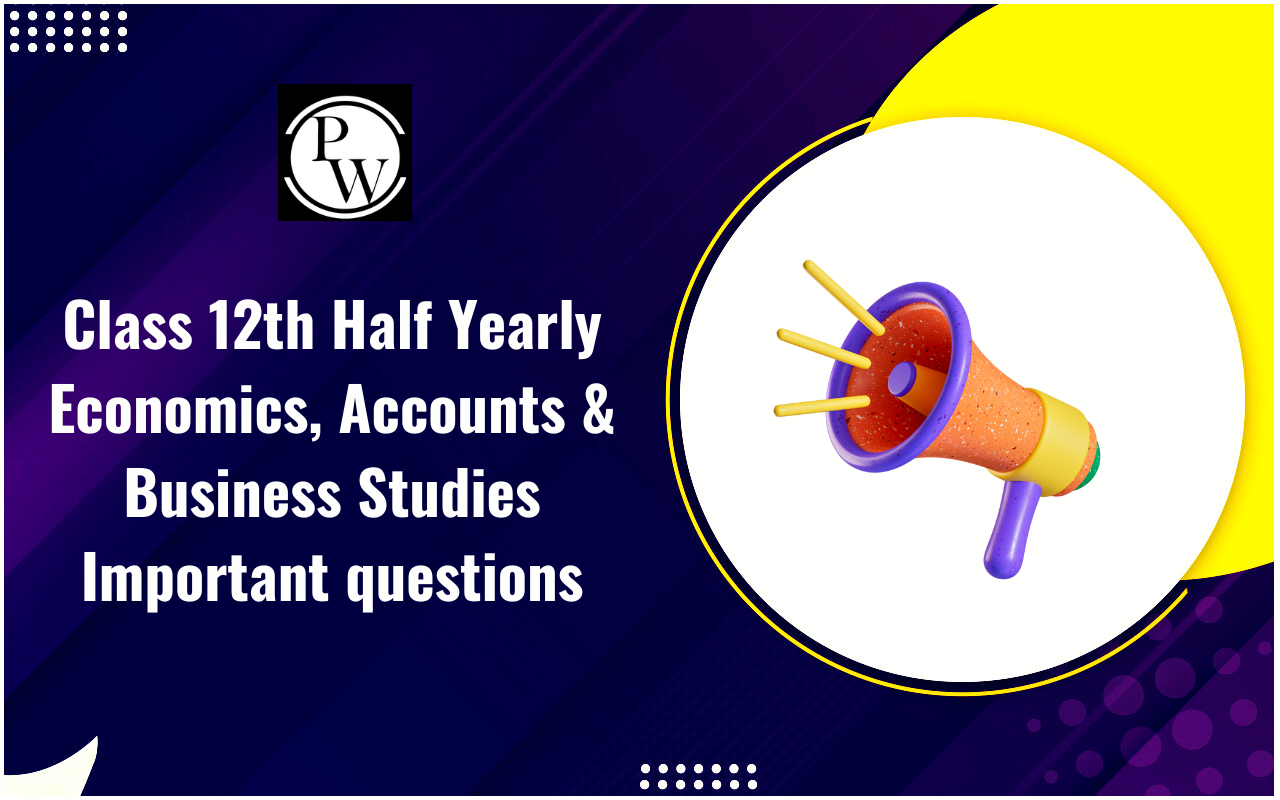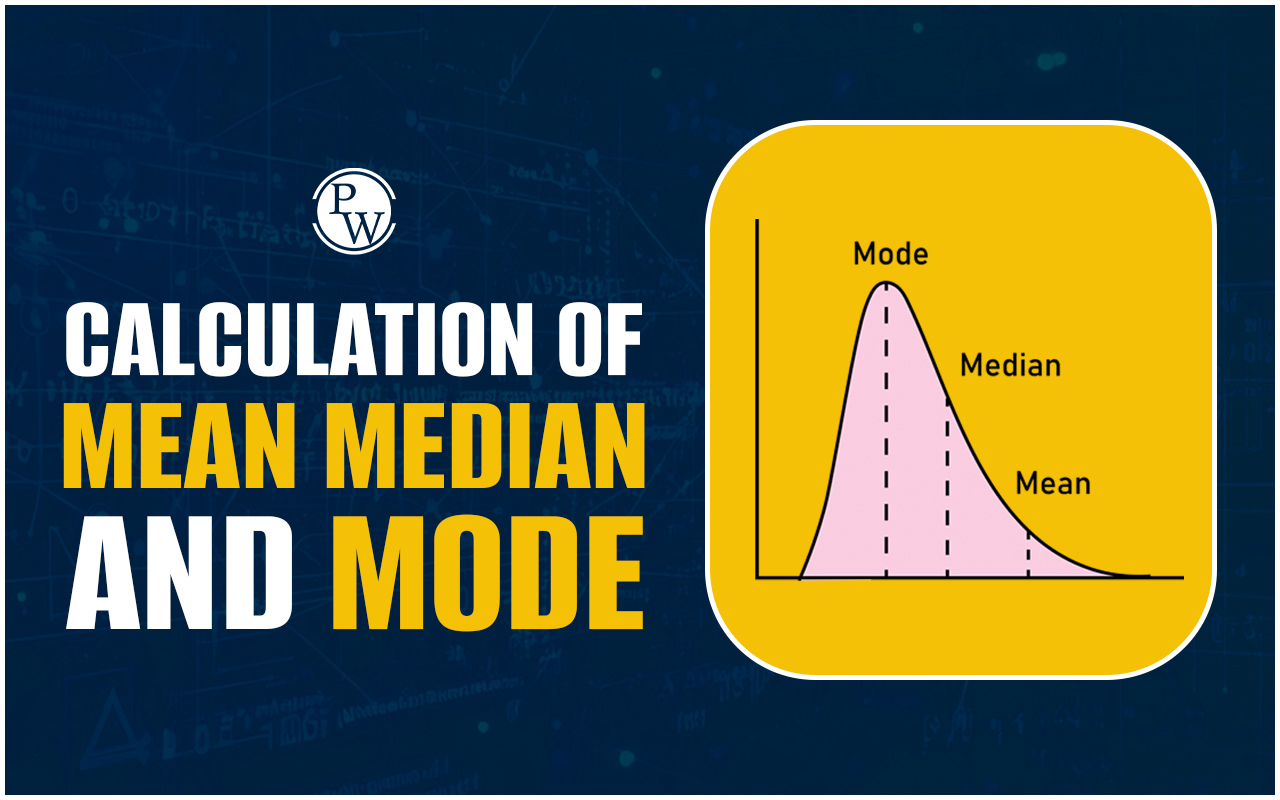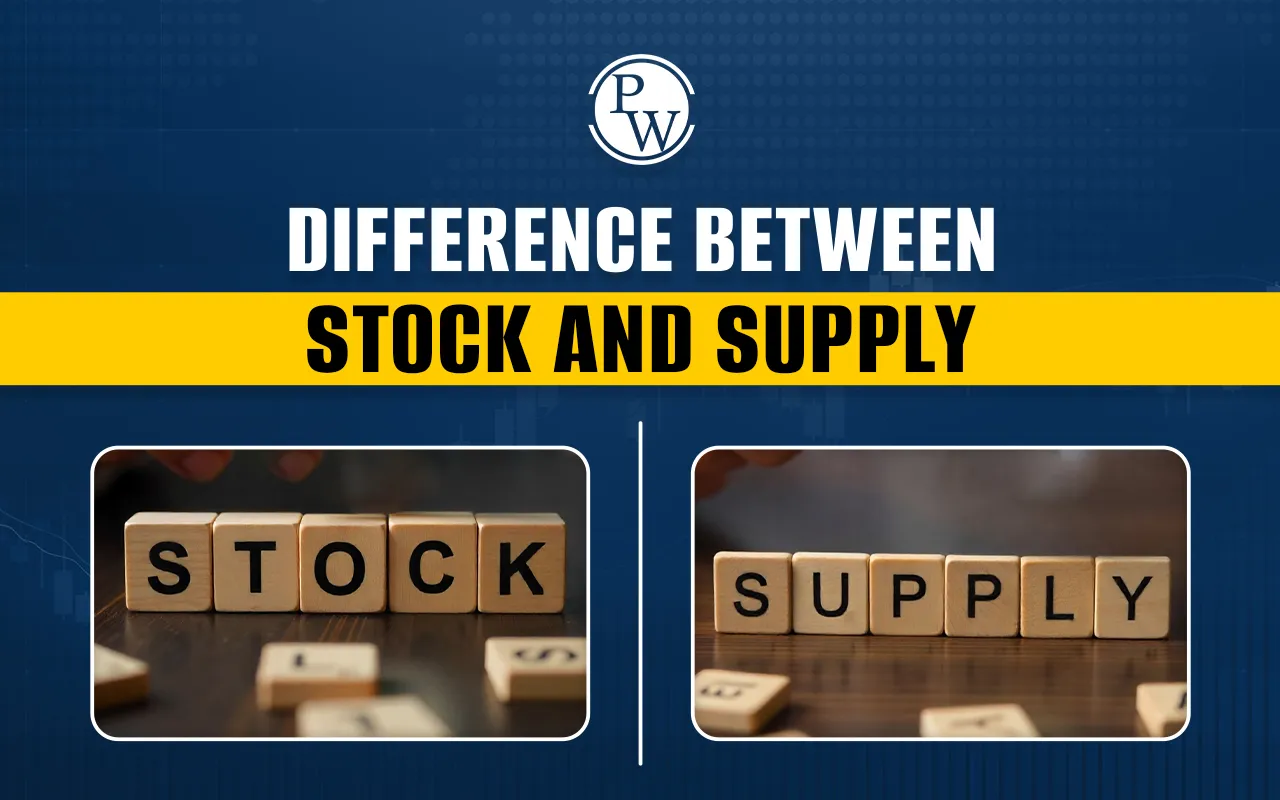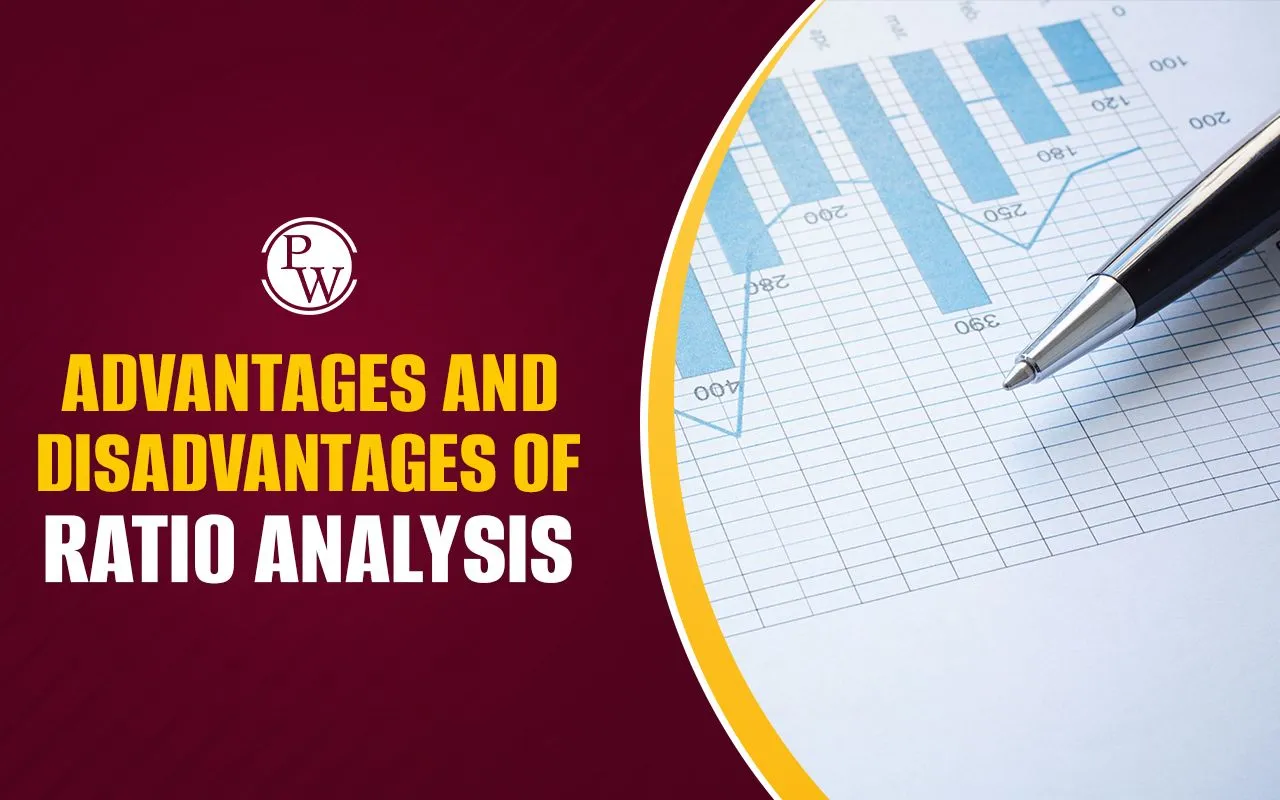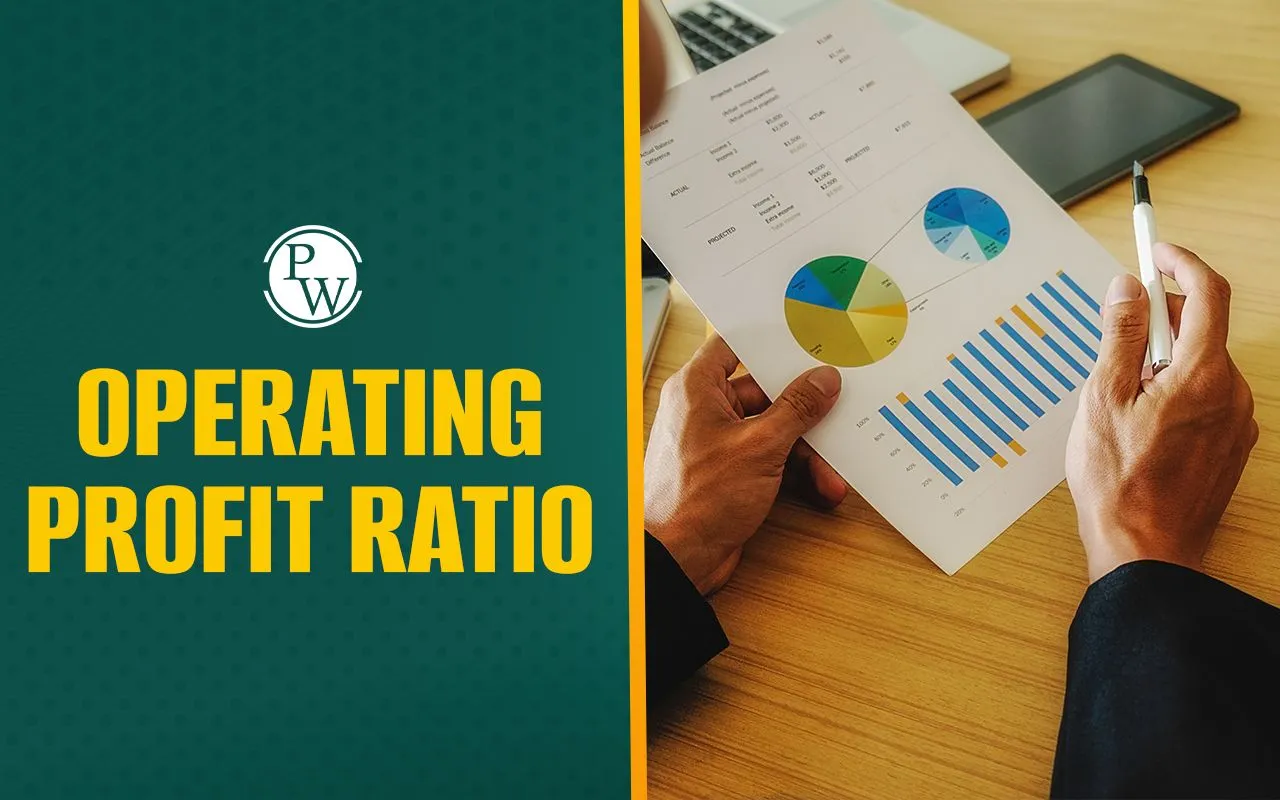
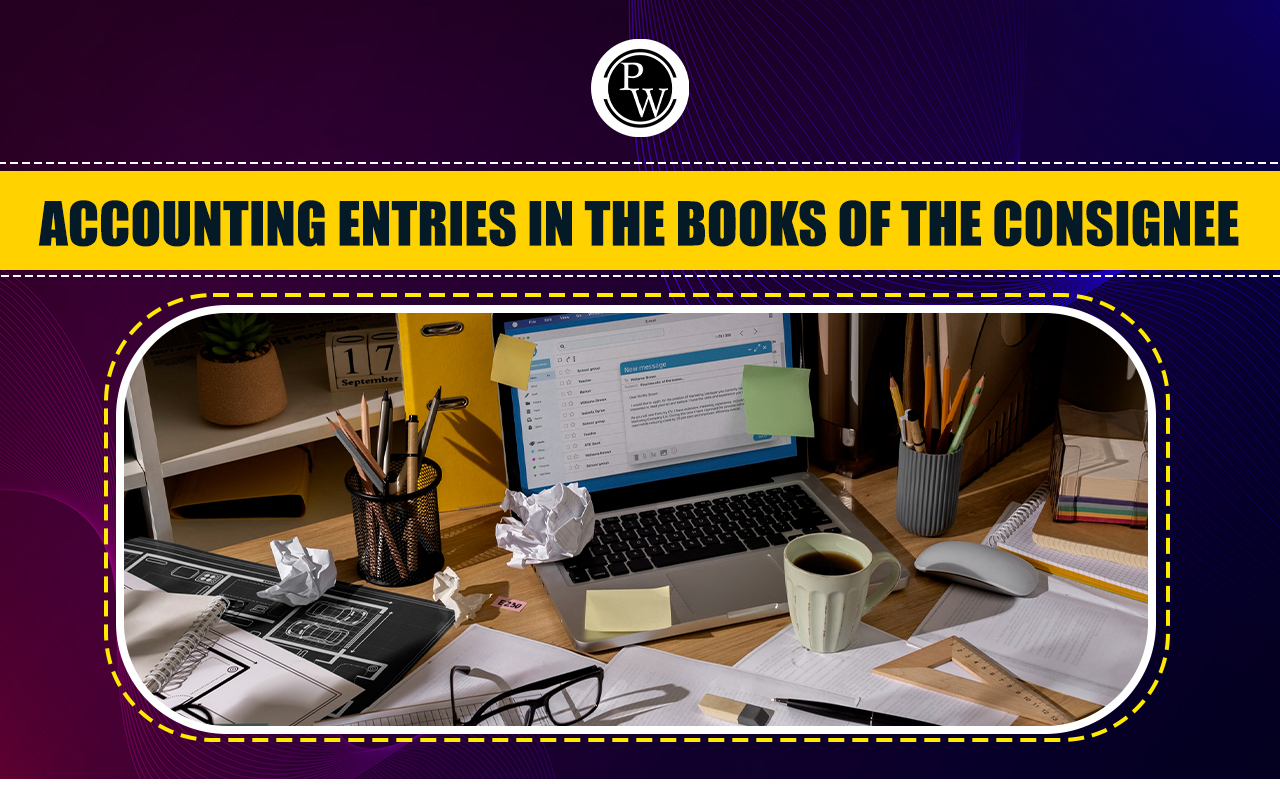
Handling Books of the Consignee involves specific accounting practices to accurately record transactions and financial positions. Consignees, acting on behalf of consignors, manage goods for sale without taking ownership until they are sold. This arrangement requires meticulous recording of expenses, sales revenue, and commissions. Accounting entries in the books of the Consignee reflect transactions such as receiving consignment goods, incurring expenses, recording sales, earning commissions, and remitting proceeds to the consignor.
Proper documentation ensures transparency and compliance with financial reporting standards, enabling consignees to manage consigned inventory and financial obligations effectively. Understanding these entries is crucial for consignees to maintain clear financial records and facilitate informed decision-making in consignment agreements.Who is a Consignee?
A consignee is a person, business, or entity that accepts and holds goods from another party, known as the consignor, to sell those goods on behalf of the consignor. The consignee does not take ownership of the goods but acts as an agent to facilitate their sale. Typically, the consignee earns a commission or fee for selling the goods and remits the proceeds, minus any agreed-upon expenses or commissions, back to the consignor. This arrangement allows the consignor to reach a broader market without directly managing sales and distribution channels. Consignees are common in industries such as retail, where manufacturers or wholesalers may consign goods to retail outlets for sale to consumers.Accounting Entries in the Books of the Consignee
Handling consigned goods involves specific accounting practices to reflect transactions and financial positions accurately. Consignees who manage goods on behalf of consignors must maintain clear records to ensure transparency and accountability. Here’s a detailed guide to the accounting entries typically made in the books of the consignee:1. Receiving Consignment Goods
No entry is initially recorded in the Books of the Consignee when consigned goods are received from the consignor. This is because the consignor owns the goods until they are sold.2. Recording Expenses Incurred
Any expenses incurred by the consignee in handling the consigned goods, such as transportation costs, insurance, or storage fees, are recorded as follows:-
Entry:
- Debit: Consignment Account
- Credit: Cash/Bank Account
- Description: This entry records the expenses related to the consigned goods. The Consignment Account is debited to reflect the increase in expenses, while the Cash/Bank Account is credited to show the outgoing payment.
3. Sales of Consignment Goods
When consigned goods are sold to customers, the consignee records the sales transaction:-
Entry:
- Debit: Cash/Bank Account (if sold for cash)
- Credit: Consignment Sales Account
- Description: This entry recognises the revenue generated from selling consigned goods. The Cash/Bank Account is debited for the amount received, and the Consignment Sales Account is credited to indicate the increase in sales revenue.
4. Commission Earned
Consignment agreements often stipulate that the consignee earns a commission on sales. The commission earned is recorded as follows:-
Entry:
- Debit: Consignment Account
- Credit: Commission Earned Account
- Description: This entry reflects the commission earned by the consignee for selling the consigned goods. The Consignment Account is debited, and the Commission Earned Account is credited to recognise the increase in earnings.
5. Remittance to Consignor
After deducting expenses and commission from the sales revenue, the consignee remits the remaining funds to the consignor:-
Entry:
- Debit: Consignment Account
- Credit: Cash/Bank Account
- Description: This entry records the payment made to the consignor for the consigned goods sold. The Consignment Account is debited to decrease the amount owed to the consignor, and the Cash/Bank Account is credited to show the outgoing payment.
6. Closing Consignment Account
At the end of the accounting period or when the consignment agreement is terminated, the Consignment Account is closed to account for all transactions properly:-
Entry:
- Debit: Consignment Sales Account (for sales revenue)
- Credit: Consignment Account
- Description: This entry closes out the sales revenue into the Consignment Account. The Consignment Sales Account is debited to transfer the revenue earned, and the Consignment Account is credited to reconcile all transactions related to consigned goods.
| Also Read | |
| Declining Charge Method | Trade Payables Turnover Ratio |
| Short Run Supply Curve of a Firm | Concept of Electronic Spreadsheet |
Format Journal Entries in the Books of the Consignee
In exchange for selling consigned goods on behalf of the consignor, the consignee is entitled to receive a predetermined sales commission. It is essential to accurately record all transactions in the consignee's books, reflecting the costs involved. Below is a proper journal entry to be recorded in the Books of the Consignee.| Date | Particulars | Amount (Dr.) | Amount (Cr.) | |
| 1.Entry for sending goods | Consignment a/c | Dr. | xxxx | |
| To Goods sent on consignment a/c | xxxx | |||
| (Being goods sent on the consignment basis) | ||||
| 2.Entry for consignor’s expenses | Consignment a/c | Dr. | xxxx | |
| To Cash/Bank a/c | xxxx | |||
| (Being expenses for consignment) | ||||
| 3.Entry for consignee’s expenses | Consignment a/c | Dr. | xxxx | |
| To Consignee a/c | xxxx | |||
| (Being expenses for consignment by consignee) | ||||
| 4.Entry for advance given by consignee | Cash/Bank/B.R. a/c | Dr. | xxxx | |
| To Consignee a/c | xxxx | |||
| (Being receipt of advance) | ||||
| 5.Entry for sales | Consignee a/c | Dr. | xxxx | |
| To Consignment a/c | xxxx | |||
| (Being sale of goods) | ||||
| 6.Entry for commission | Consignment a/c | Dr. | xxxx | |
| To Consignee | xxxx | |||
| (Being commission recorded) | ||||
| 7.Entry for collection from debtors | No Entry | |||
| 8.Entry for Bad Debts | ||||
| (a)In the presence of Del-credre commission | No entry | |||
| (b) In the absence of Del-credre commission | Consignment a/c | Dr. | xxxx | |
| To Consignee a/c | xxxx | |||
| (Being bad debts recorded) | ||||
| 9.Entry for the final profit | Consignment a/c | Dr. | xxxx | |
| To Profit and loss a/c | xxxx | |||
| (Being transfer of profit to P&L a/c) | ||||
| 10.Entry for final remittance | Bank a/c | Dr. | xxxx | |
| To Consignee | xxxx | |||
| (Being payment to consignee) | ||||
| 11. Entry for Balance in Goods sent a/c | Goods sent consignment a/c | Dr. | xxxx | |
| To Trading a/c | xxxx | |||
|
(Being balance transferred to trading account) |
||||
| 12.Entry for the closing stock | Consignment stock a/c | Dr. | xxxx | |
| To Consignment a/c | ||||
| (Being closing stock transferred) |
Begin your journey towards academic excellence in Commerce with our comprehensive Commerce courses . Master the CBSE syllabus with expert guidance and ace your exams. Enroll now!”
Accounting Entries in the Books of the Consignee FAQs
How are sales of consigned goods recorded?
How does a consignee close the Consignment Account?
How can consignees optimise their accounting practices?

